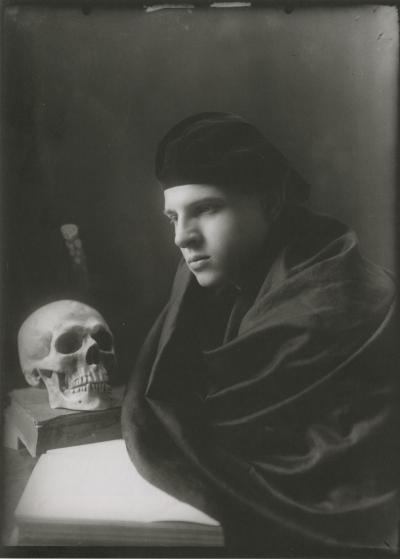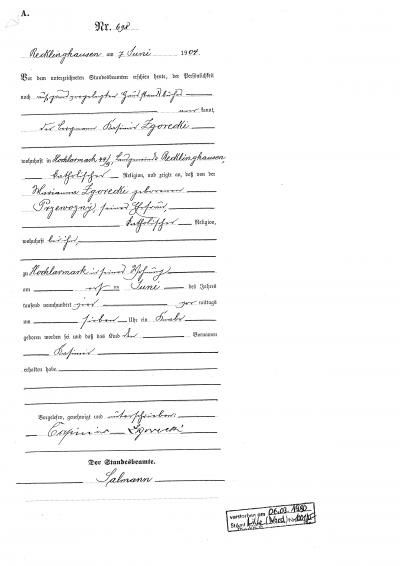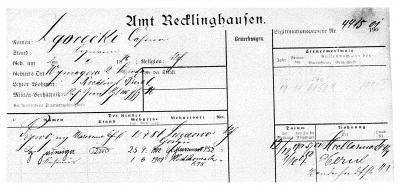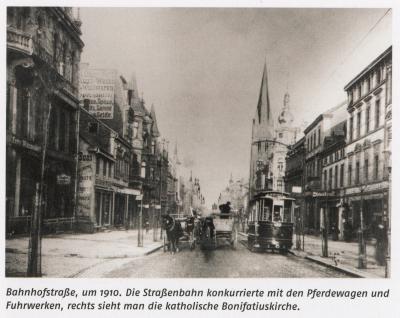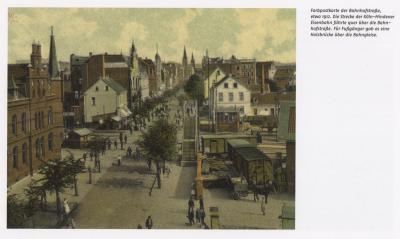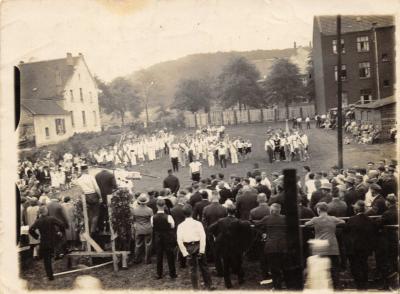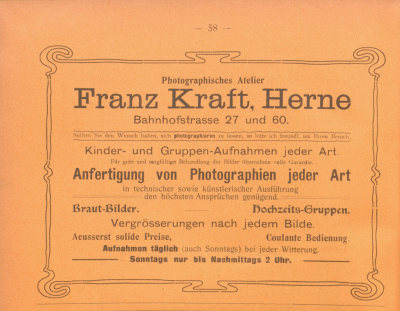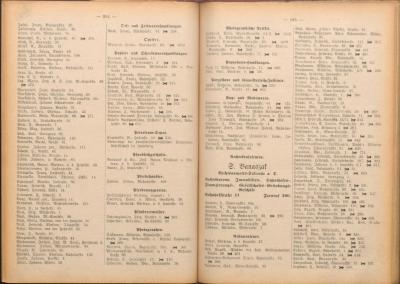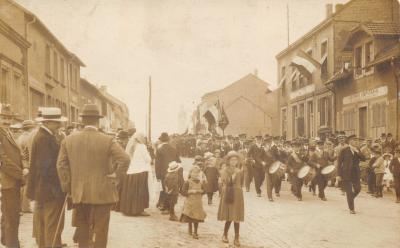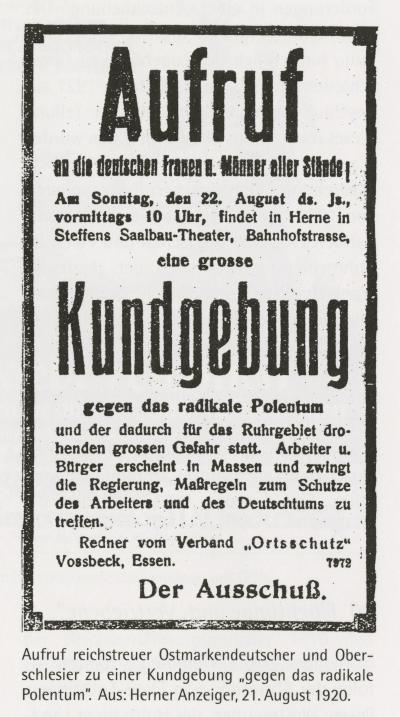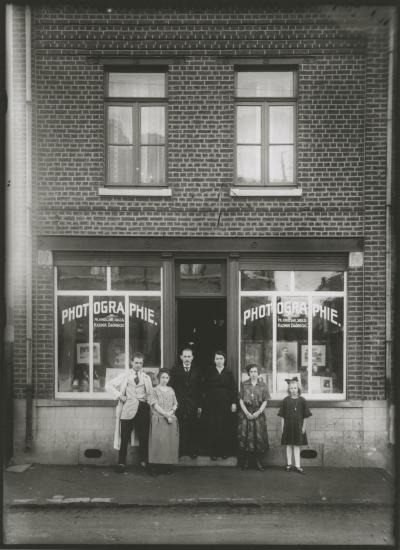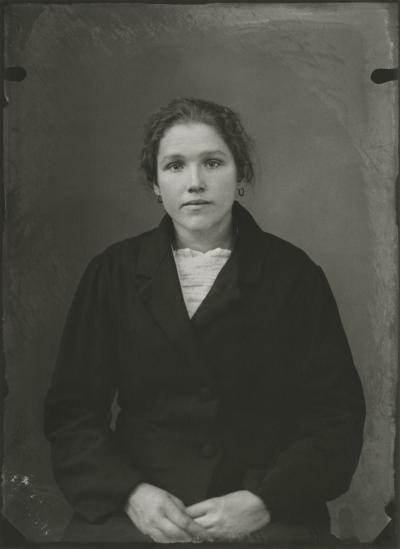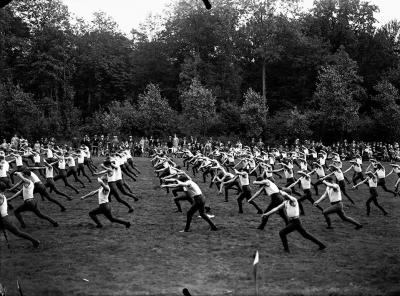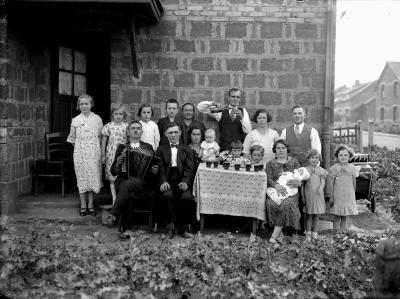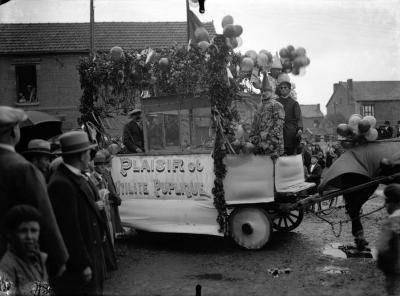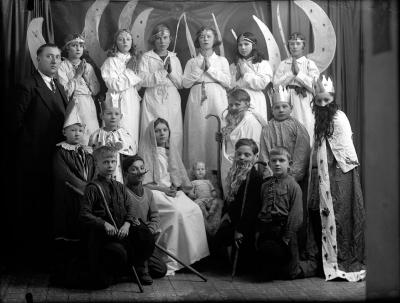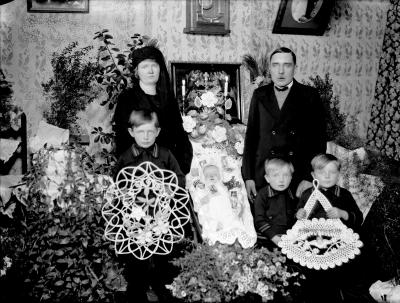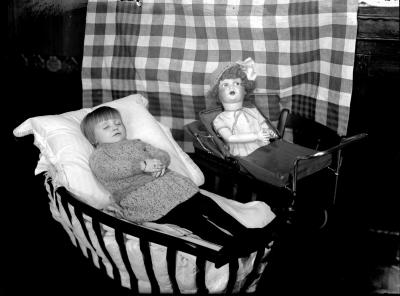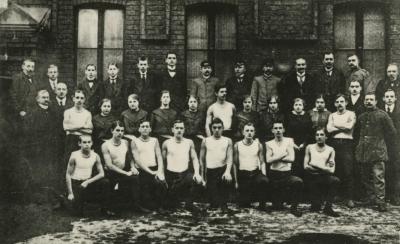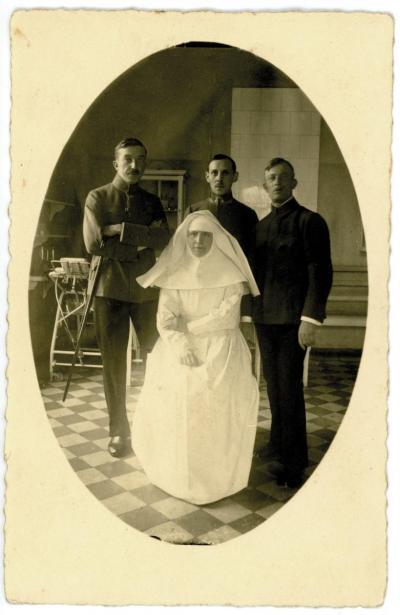Kasimir Zgorecki (1904-1980) – from Recklinghausen to the pantheon of French photography
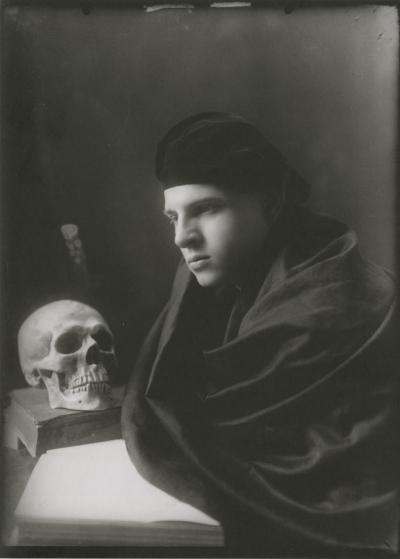
In 1980, Kasimir Zgorecki died in northern France, after working for many years as a successful photographer there. He passed on his passion for photography to both his sons Jacques and Alfred. They too managed their own photography studios, with Jacques taking over his father’s studio in Rouvroy, which had been producing photos for many decades.[1] The historical value of Zgorecki’s longstanding passion was only properly understood after his death in the 1990s, when his granddaughter’s husband Frédéric Lefever discovered 4,000 negatives in the family’s estate consisting of old glass plates which had been kept in the attic of the apartment over the studio.[2] His entire collection must actually have been a lot bigger considering that the crater of a bomb blast in the studio’s garden during the Second World War was covered with negatives.[3] More negatives were confiscated by the police after the blast, which also destroyed part of the photo lab.[4]
The photographs that Lefever rediscovered were taken between 1924 and 1939 and as historical documents, have kept a piece of Polish tradition alive outside the free Polish state. In the post-war years as well, many Polish citizens went on to seek better living conditions abroad and did not consider the repatriation option. That is why Zgorecki’s motifs show the everyday lives of Polish emigrants in a French mining region who, at the beginning of the 20th century, managed to keep their culture alive.
Kasimir Zgorecki’s family originally hailed from the region around Poznań, where his father was born in 1876.[5] At the time, this region was part of Prussian territory, and any job opportunities there were mainly in agriculture.[6] The population growth that had persisted since the middle of the 19th century and the expansion of large land holdings produced, in Poznań particularly, a multitude of impoverished agricultural workers who were employed as seasonal workers or day labourers.[7] The living conditions resulted in an exodus from rural areas; the workers, some of whom were unskilled, moved into towns located in mining regions. This resulted in a considerable decline in population in and around Poznań.[8] These migratory movements were taking place around the time that Zgorecki’s father was settling in the Ruhr area after embarking on the so-called internal migration in Prussia, presumably to make a fresh start as an unskilled labourer.
